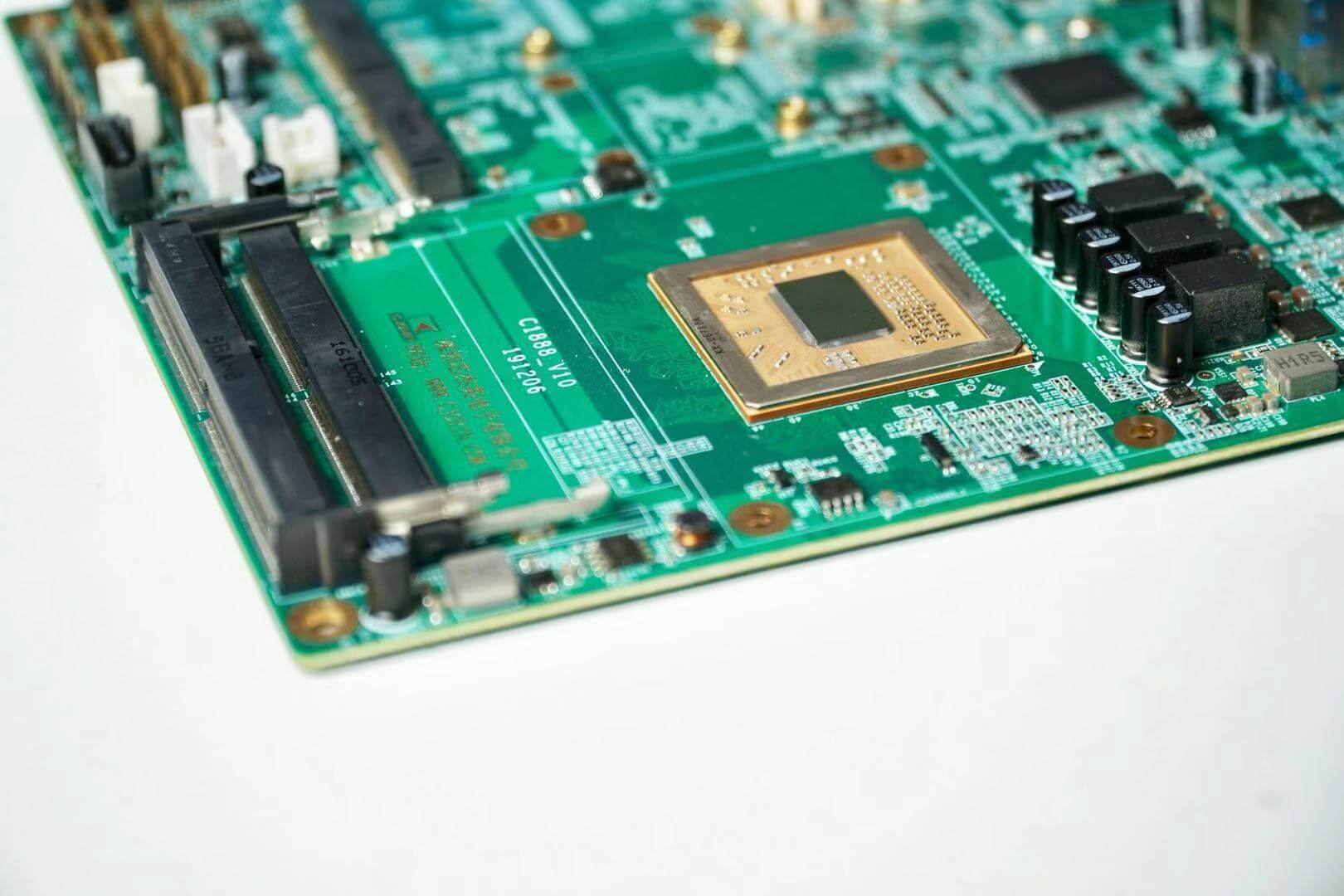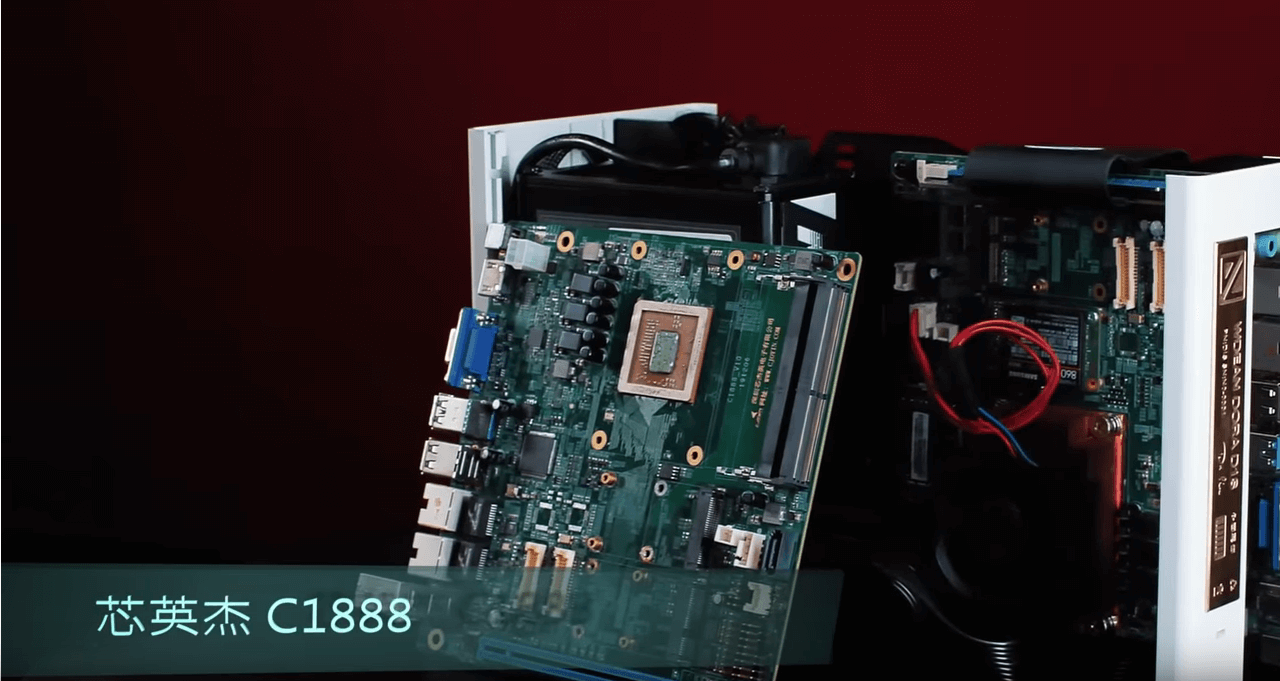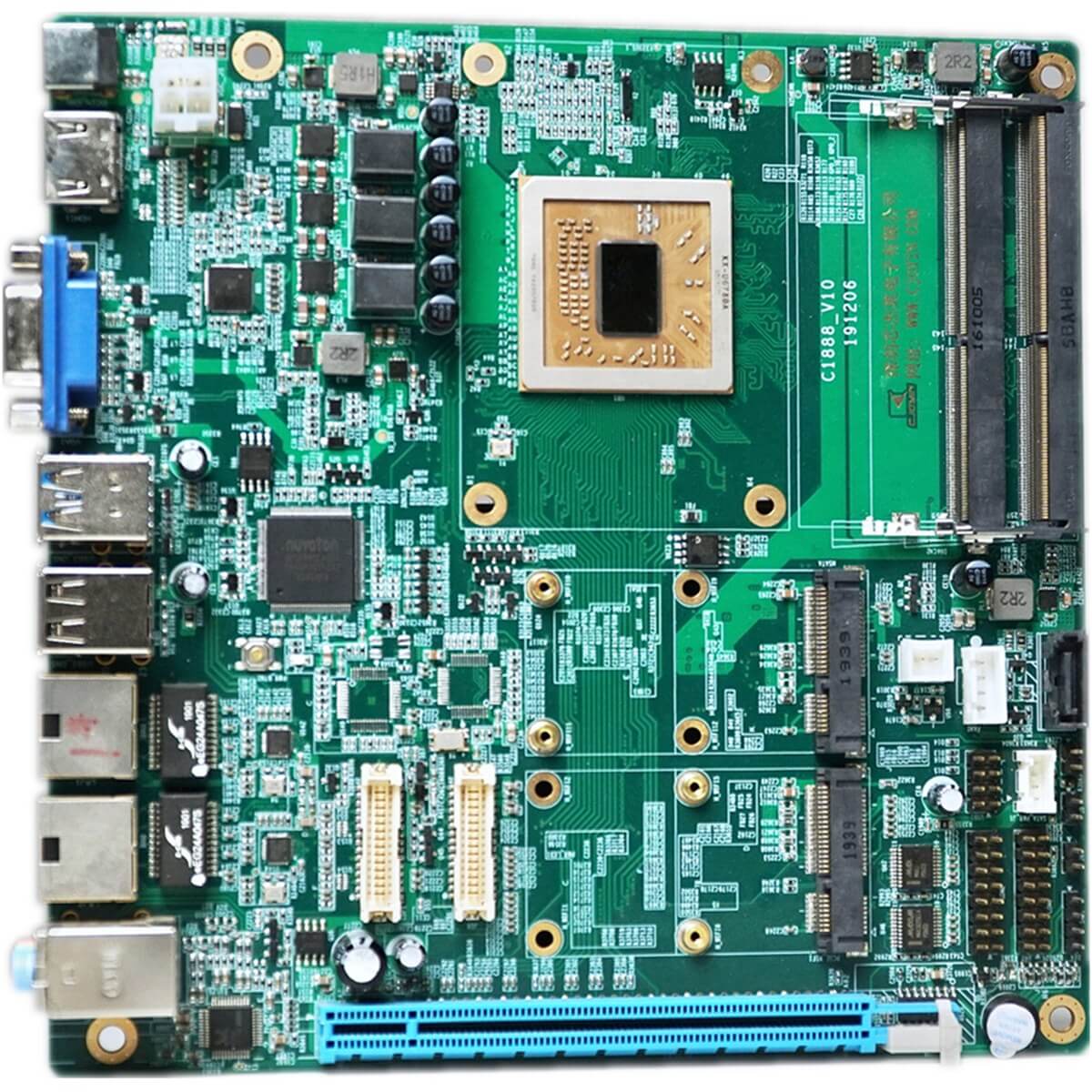Why it matters: Zhaoxin, a fabless chip maker based in Shanghai, has produced a homegrown x86 CPU line that's apparently ready for the DIY scene. The Zhaoxin KaiXian KX-6000 series of processors were originally shown off in 2018, but since then we had heard little about them. Now it seems that the KX-U6780A will come to market this quarter, as listed on Chinese retail site Taobao with a March release date.

For the uninitiated, Zhaoxin is a joint venture between VIA Technologies and the Shanghai Municipal Government. Zhaoxin's current CPU designs have origins in Centaur Technology, a company acquired by VIA in 1999. The VIA Nano Isaiah core design, built by Centaur, would serve as the architecture for Zhaoxin's first CPUs.
The Isaiah design was Centaur's first superscalar CPU capable of out-of-order execution. This is what seemed to pave the way for Zhaoxin's in-house designed LuJiaZui cores, as they too are built around a superscalar, out of order architecture. LuJiaZui seems to be an iterative migration from the Wudaokou architecture, but also supports modern instruction set extensions such as AVX and SSE4.2, which is an important evolution for China and its domestic CPU goals.

The KaiXian KX-U6880A appears to be the series flagship, with the slightly lower clocked KX-U6780A slotting in just beneath it. All KX-6000 series chips are based on the LuJiaZui architecture, boasting eight cores and eight threads. The entire KX-6000 series are built on TSMC's 16nm FinFET process node, with frequencies ranging from 2.7 GHz to 3.0 GHz and built with a 35mm x 35mm BGA package.
Recently, a Chinese tech YouTube channel got a hold of a KX-U6780A and C1888 mini-ITX motherboard combination. Looking specifically at the KX-U6780A, the chip has a 70W TDP, a dual-channel DDR4-3200 memory controller, DirectX 11 support, modern I/O interfaces such as SATA, USB, and PCIe 3.0, with 8MB of L2 cache. Notably, the chip has no L3 cache.
The C1888 motherboard, which seems to be built by Shenzhen Cjoyin Electronics, is reportedly an engineering sample. The board comes with two DDR4 SO-DIMM slots supporting DDR4-3200 RAM. There's also mSATA and SATA ports for storage, and supposedly there will be future support for NVMe and mainstream CPU coolers as final revisions are made for the final product.

According to Zhaoxin, the performance of the KX-6000 series should be similar to an Intel Core i5-7400, a 4C/4T Kaby Lake chip that launched in early 2017. The Chinese enthusiasts did run the CPU through some benchmarks like Cinebench R20, where the KX-U6780A scored 845. That puts the KX-U6780A somewhere around an Intel Pentium G4600 or AMD FX-6300.
The Chinese YouTube channel also paired the KX-U6780A and C1888 motherboard with an RTX 2060 Super for a handful of gaming benchmarks, where the hardware managed to push 60 FPS in the games tested. However, the games didn't appear to be particularly CPU intensive, and we don't know exactly how the tests were performed.
While Zhaoxin's KX-6000 series remain way behind the likes of Intel and AMD's current crop of processors, Zhaoxin has aggressive plans to bridge that gap by 2021. The upcoming KX-7000 series are set to be built on one of TSMC's 7nm nodes and will bring support for DDR5, PCIe 4.0, as well as boasting a refined iGPU. Zhaoxin reportedly has its eyes set towards sub-7nm designs as well.
China's home brewing of semiconductors seems to be advancing rapidly, especially as the country is attempting to wean itself off of American semiconductors.
https://www.techspot.com/news/83819-made-china-8-core-x86-cpu-arrives-market.html